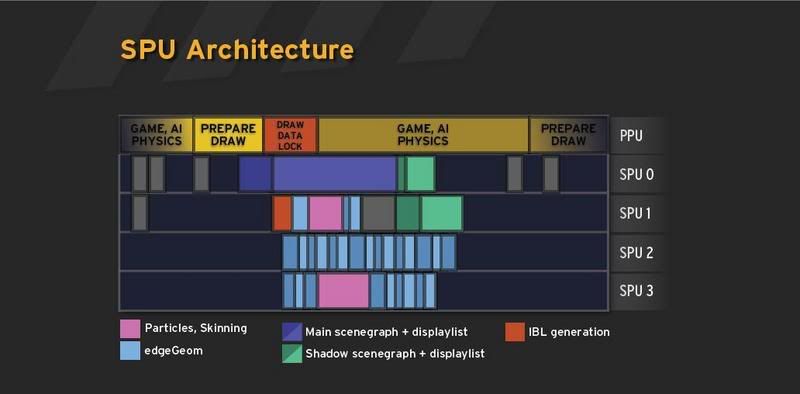HollovVpo1nt
Newcomer
http://twitter.com/digital_foundry/statuses/16069843537
DigitalFoundry usual knows what they're talking about. But I don't understand it. How can an SPU intensive engine like the Killzone (2) engine be doing MLAA? Correct me if I'm wrong, but it should take 20ms to execute the technique on a single SPU. That's a little too long for a single SPU, so my guess is that they'll run it in parralel with 4/5 SPU's reducing it to 4/5 ms. But how does that fit with all the other post processing beeing done by the SPU's in Killzone?
DigitalFoundry usual knows what they're talking about. But I don't understand it. How can an SPU intensive engine like the Killzone (2) engine be doing MLAA? Correct me if I'm wrong, but it should take 20ms to execute the technique on a single SPU. That's a little too long for a single SPU, so my guess is that they'll run it in parralel with 4/5 SPU's reducing it to 4/5 ms. But how does that fit with all the other post processing beeing done by the SPU's in Killzone?




